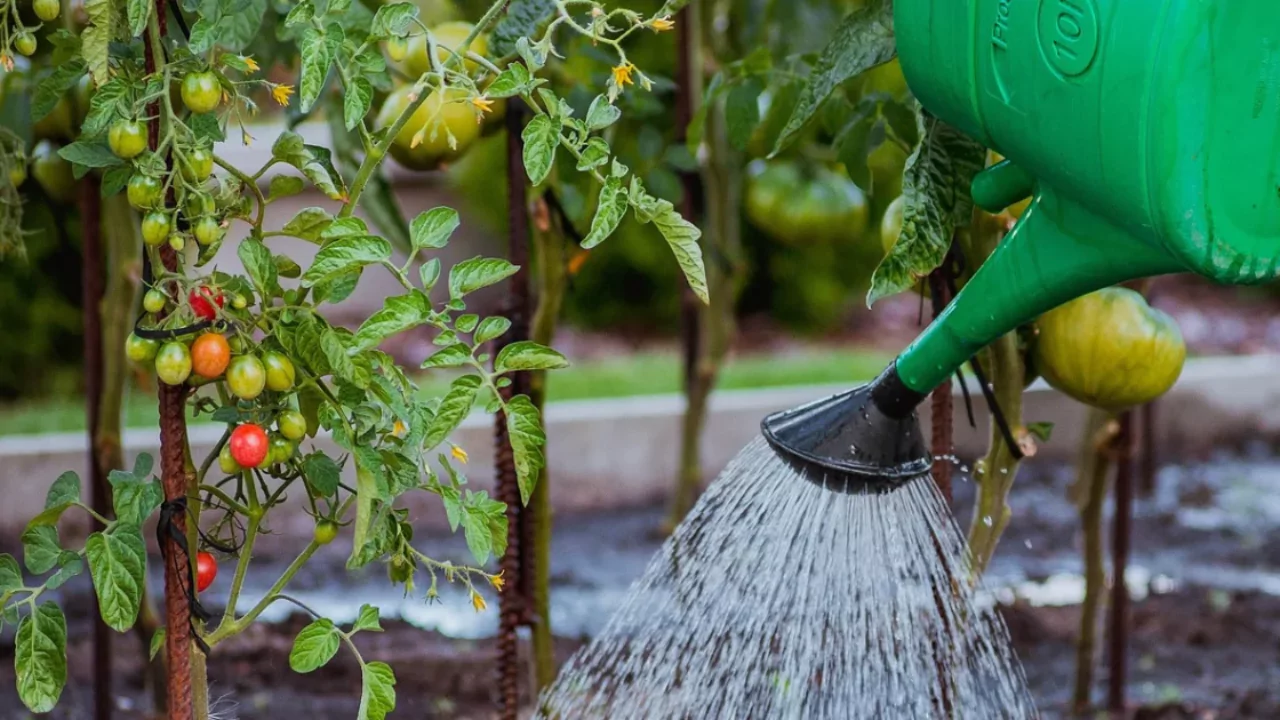
Just like the spacing between each plant and the type of soil, tomato varieties have different hydration needs. In addition, the watering schedule could differ depending on their stage of growth and your geographical location.
Other elements such as mulch’s presence can change a tomato plant’s water requirements. Mulch offers moisture retention by preventing soil evaporation, thus keeping it accessible for plants.
Since tomato seedlings live in seed trays and small containers, they require to be watered more frequently. This is because their soil has less volume which is limited to a smaller reservoir of moisture.
Keep an eye on those trays at least once per day. It would be best if you kept them camel through light spraying so that only the surface layer remains moist. Do not give small tomatoes too much water at once or all at once.
Seedlings that are nearing maturity will begin demanding extra care not less than two checks daily.
Outdoor tomatoes planted directly in the soil require one to two inches of irrigation water per week. However, they best utilize moisture when provided in daily morning, pre-sun exposure sessions. As the season progresses and temperature increases alongside plant growth, tomato plants start needing more water than what was previously required.
During this stage of development, cultivated tomatoes may require them to be watered in the mornings first and during pre-sunset periods as well. It is highly advisable not to irrigate during peak sunny hours as it severely hinders photosynthesis and plant growth. Rather, wait until temperatures are slightly cooler for your second watering session.
When container-grown tomato plants are cultivated, the soil heats up more quickly compared to a garden bed. As a result, water evaporates at an accelerated rate relative to garden beds. Thus, container-grown tomatoes will require more frequent watering than their counterparts planted directly in the ground.
To begin with, provide watering in the mornings and make sure tomatoes in containers are sufficiently hydrated such that water flows from the drainage holes rather than merely dripping.
Revisit your plants later in the afternoon to monitor whether the top one inch of soil feels moist and if it’s dry at that depth, watering should be performed. Peak summer sun hours should be avoided for watering tomato plants.
Should you need to perform a second session for watering on a different day, do so once temperatures cool down and shift from afternoon to evening. Similar to garden tomatoes, container-grown tomatoes will likely require increased hydration as the season advances.